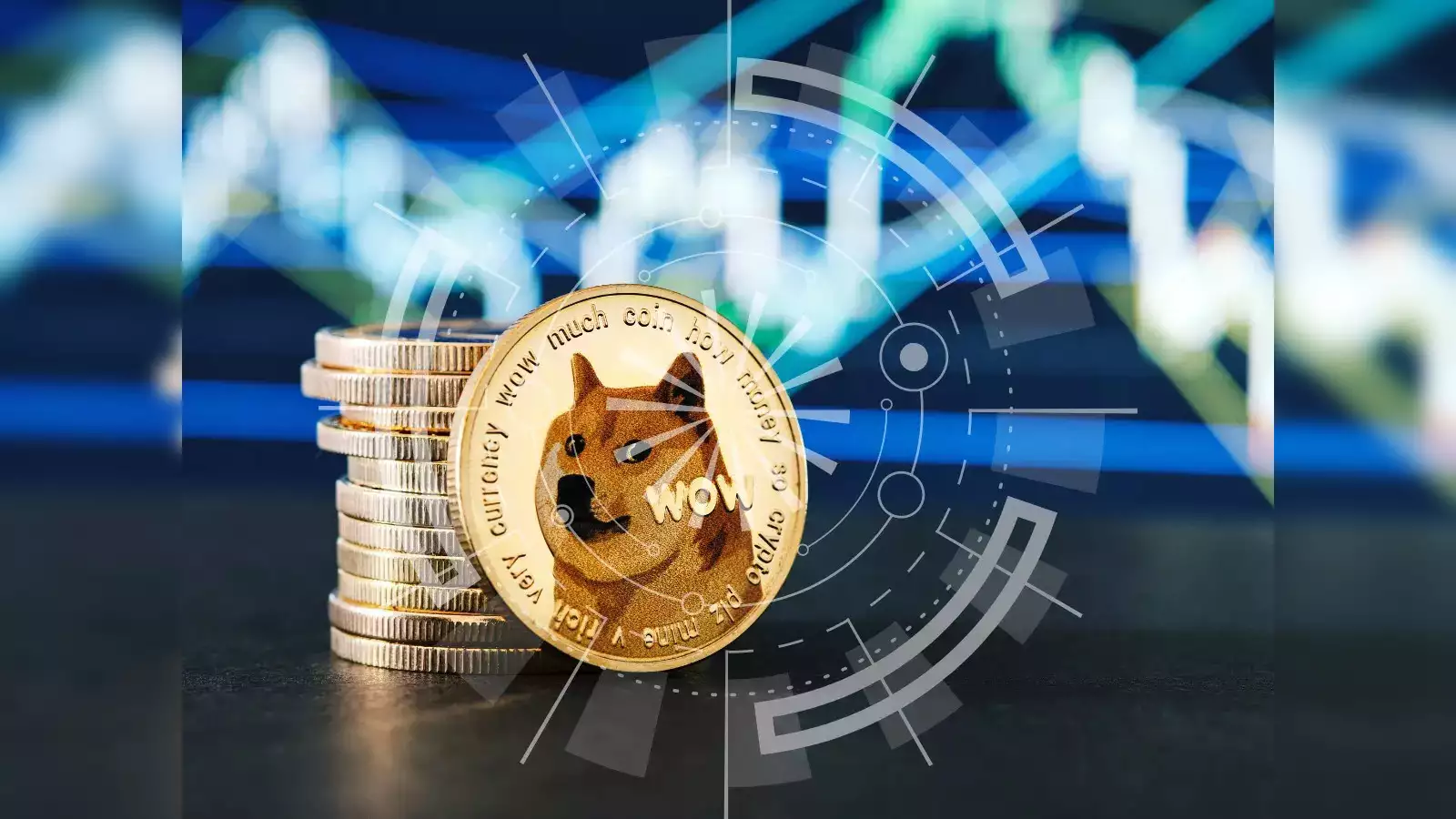Introduction
The rise of meme coins has brought a new dimension to the cryptocurrency market, blending humor and internet culture with financial speculation. However, this surge in popularity has also attracted regulatory attention. As governments and financial authorities worldwide grapple with the implications of cryptocurrencies, meme coins face increasing scrutiny. This article explores the current regulatory environment for meme coins, the challenges they pose, and the potential future of meme coin regulation.
Current Regulatory Environment
1. Varied Global Approaches
The regulatory landscape for cryptocurrencies, including meme coins, varies significantly across different jurisdictions. While some countries embrace cryptocurrencies with supportive regulations, others impose strict controls or outright bans.
- United States: The U.S. has a complex regulatory environment involving multiple agencies, such as the Securities and Exchange Commission (SEC), the Commodity Futures Trading Commission (CFTC), and the Financial Crimes Enforcement Network (FinCEN). These agencies focus on issues like securities classification, anti-money laundering (AML) compliance, and consumer protection.
- European Union: The EU is working towards a unified regulatory framework with the proposed Markets in Crypto-Assets (MiCA) regulation. MiCA aims to provide legal certainty and consumer protection while fostering innovation in the crypto space.
- Asia: Countries like Japan have established clear regulations for cryptocurrency exchanges and transactions, while China has implemented stringent bans on crypto trading and mining.
Key Regulatory Concerns
1. Market Manipulation
Meme coins are particularly susceptible to market manipulation due to their speculative nature and the influence of social media. Regulators are concerned about pump-and-dump schemes, where the price of a coin is artificially inflated before being sold off, causing significant losses for unsuspecting investors.
2. Consumer Protection
The high volatility and speculative nature of meme coins can result in substantial financial losses for retail investors. Regulators aim to protect consumers from fraudulent schemes and ensure that investors are fully informed about the risks involved.
3. Anti-Money Laundering (AML) and Know Your Customer (KYC) Compliance
Cryptocurrencies can potentially be used for illicit activities such as money laundering and terrorism financing. Regulators enforce AML and KYC requirements to prevent such misuse, ensuring that cryptocurrency exchanges and projects implement proper identity verification and transaction monitoring.
4. Securities Classification
Determining whether a meme coin qualifies as a security is a critical regulatory issue. If a coin is classified as a security, it must comply with specific regulations regarding issuance, trading, and reporting. The SEC, for example, uses the Howey Test to assess whether a cryptocurrency is a security.
Regulatory Challenges
1. Decentralization and Anonymity
The decentralized nature of cryptocurrencies, including meme coins, makes it challenging for regulators to enforce laws and regulations effectively. Many meme coin projects operate anonymously, complicating efforts to hold developers accountable for regulatory compliance.
2. Rapid Market Evolution
The cryptocurrency market evolves quickly, with new coins and technologies emerging regularly. Regulators often struggle to keep pace with these developments, creating a regulatory lag that can leave investors vulnerable.
3. Global Coordination
Cryptocurrencies operate on a global scale, but regulatory approaches vary by country. Achieving international coordination and cooperation is essential to effectively regulate meme coins and prevent regulatory arbitrage, where projects move to jurisdictions with more favorable regulations.
Future of Meme Coin Regulation
1. Enhanced Regulatory Frameworks
Governments are likely to develop more comprehensive and clear regulatory frameworks for cryptocurrencies, including meme coins. These frameworks will aim to balance innovation with consumer protection and financial stability.
2. Increased Transparency and Accountability
Regulators may require greater transparency and accountability from meme coin projects. This could include mandatory disclosures about the development team, project goals, and financial details, as well as regular audits to ensure compliance with regulatory standards.
3. Global Standards and Cooperation
International bodies such as the Financial Action Task Force (FATF) are working towards establishing global standards for cryptocurrency regulation. Enhanced cooperation between countries can help create a more consistent and effective regulatory environment.
4. Technological Solutions
Regulators may leverage technology to monitor and enforce compliance more effectively. Blockchain analytics tools, for example, can help trace transactions and identify suspicious activities, supporting AML and KYC efforts.
Conclusion
The regulatory landscape for meme coins is evolving rapidly as governments and financial authorities seek to address the unique challenges they present. While regulatory scrutiny can pose challenges for meme coin projects, it also offers an opportunity to build greater trust and legitimacy in the market. By understanding and navigating the regulatory environment, investors and developers can contribute to a more secure and sustainable future for meme coins. As regulations continue to develop, staying informed and compliant will be key to the success of meme coin investments and projects.



